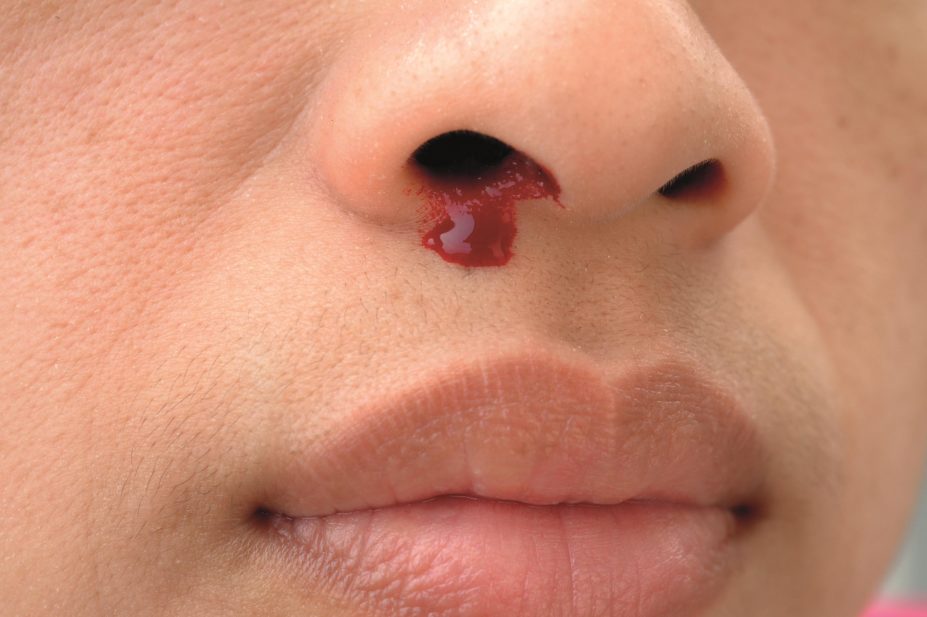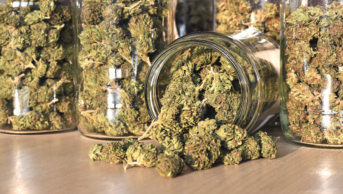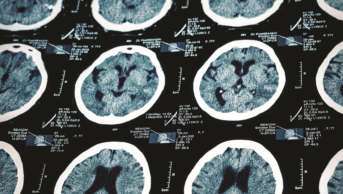
Shutterstock
Squirting a simple saline solution into the nostrils twice a day could alleviate chronic nosebleeds just as effectively as administering any one of three different medication sprays, a study shows.
A total of 121 people were randomly assigned to receive bevacizumab, estriol, tranexamic acid or a saline placebo nose spray to squirt into their nose twice a day for 12 weeks.
Each day participants recorded how many nosebleeds they had, how long they lasted, and whether their nosebleeds were “typically gushing or pouring”. Both at the beginning and end of the treatment period, participants received a composite score of between 0 and 10 based on their answers (with 10 being the most severe). At the outset of the study, published in JAMA
[1]
(online, 6 September 2016), the median number of nosebleeds per week experienced by participants was 7.
Over the 12 week period, most participants’ severity scores dropped from 5–6 to 3–4, regardless of whether they had been assigned to one of the three medications or the saline spray.
There was also no significant difference between any of the drug treatments and saline spray in terms of either the duration or frequency of nosebleeds. After 12 weeks of treatment, the median weekly number of nosebleed episodes was 7.0 for bevacizumab group, 8.0 for the estriol group, 7.5 for the tranexamic acid group, and 8.0 for the saline group.
“The results suggest that medicines that people all over the world have used appear to have no benefit over plain saline,” says senior author James Gossage, director of the Pulmonary Vascular Disease Program at Augusta University, Georgia.
Researcher Kevin Whitehead, associate professor of internal medicine at the University of Utah, suggests the risk of nosebleeds is higher when noses dry out, such as when someone is in an arid climate for extended periods of time, and the most proven surgical remedy taken as a last resort — surgically sealing shut the nose — effectively keeps the nasal cavity permanently moist.
“We tell [patients] that something as simple as a morning and night saline spray could offer them some benefit,” says Whitehead.
However, the researchers acknowledge that they could not completely rule out the possibility of a placebo effect and they suggested that some of the drugs might work better if taken at a higher dose, or applied as a gel or polymer that adheres better to the inside of the nasal cavity.
References
[1] Whitehead KJ, Sautter NB, McWilliams JP et al. Effect of topical intranasal therapy on epistaxis frequency in patients with hereditary hemorrhagic telangiectasia: a randomized clinical trial. JAMA 2016;316:943–951. doi: 10.1001/jama.2016.11724


